The June 2016 meeting at Trump Tower has become one of the most famous gatherings in American political history: a flashpoint for allegations of collusion, the subject of shifting explanations by the president and his son, countless hair-on-fire tweets, and boundless speculation by the press.
But secret documents reviewed by BuzzFeed News reveal a previously undisclosed aspect of the meeting: a complex web of financial transactions among some of the planners and participants who moved money from Russia and Switzerland to the British Virgin Islands, Bangkok, and a small office park in New Jersey.
The documents show Aras Agalarov, a billionaire real estate developer close to both Vladimir Putin and Donald Trump, at the center of this vast network and how he used accounts overseas to filter money to himself, his son, and at least two people who attended the Trump Tower meeting. The records also offer new insight into the murky financial world inhabited by many of Trump’s associates, who use shell companies and secret bank accounts to quickly and quietly move money across the globe.
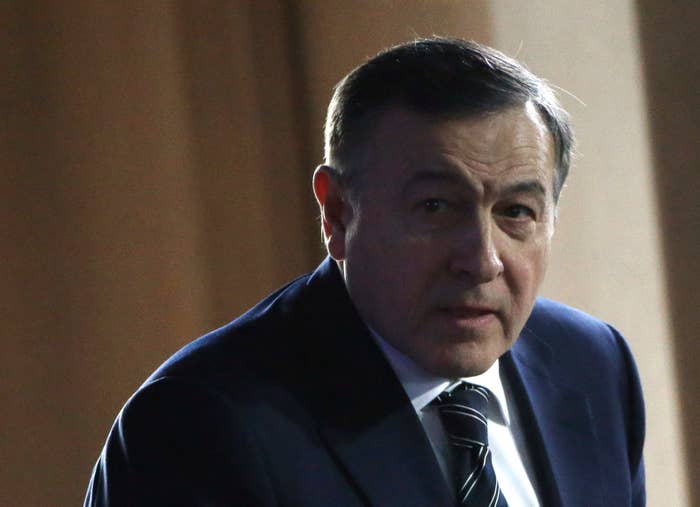
Now, four federal law enforcement officials told BuzzFeed News, investigators are focused on two bursts of transactions that bank examiners deemed suspicious: one a short time after the meeting and another immediately after the November 2016 presidential election.
The first set came just 11 days after the June 9 meeting, when an offshore company controlled by Agalarov wired more than $19.5 million to his account at a bank in New York.
The second flurry began shortly after Trump was elected. The Agalarov family started sending what would amount to $1.2 million from their bank in Russia to an account in New Jersey controlled by the billionaire’s son, pop singer Emin Agalarov, and two of his friends. The account had been virtually dormant since the summer of 2015, according to records reviewed by BuzzFeed News, and bankers found it strange that activity in Emin Agalarov’s checking account surged after Trump’s victory.
Help us follow the Trump money trail. Become a BuzzFeed News supporter.
After the election, that New Jersey account sent money to a company controlled by Irakly “Ike” Kaveladze, a longtime business associate of the Agalarovs and their representative at the Trump Tower meeting. Kaveladze’s company, meanwhile, had long funded a music business set up by the person who first proposed the meeting to the Trump camp, Emin Agalarov’s brash British publicist, Rob Goldstone.
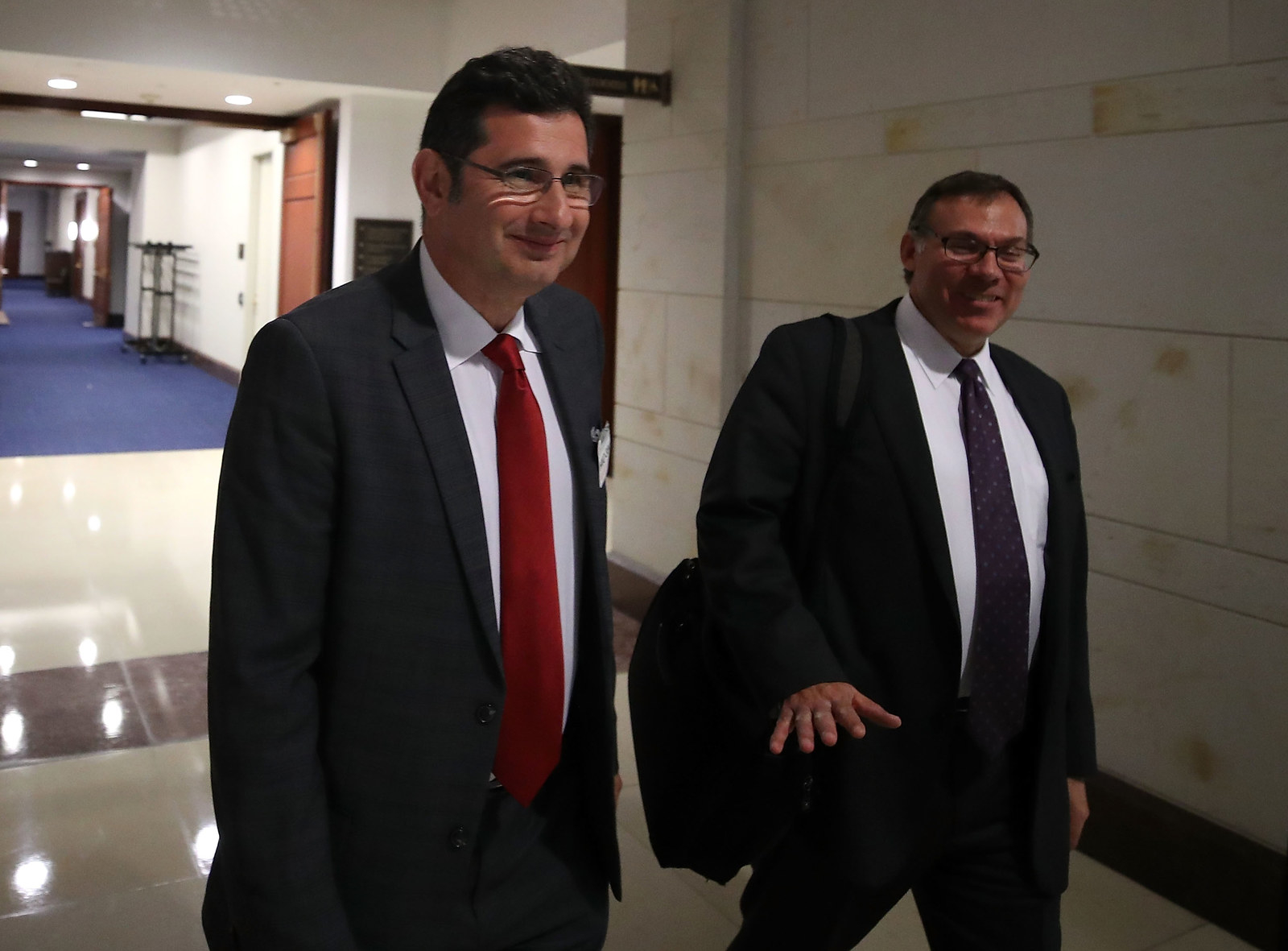
Scott Balber, an attorney representing the Agalarovs and Kaveladze, said their transactions were wholly above board. “I’m actually perplexed why anybody is interested in this or why anybody in their right mind would treat this as suspicious,” he said. “These are all transactions either between one of Mr. Agalarov’s accounts and another of Mr. Agalarov’s accounts or one of Mr. Agalarov’s accounts and an account in the name of one of his employees.”
Goldstone’s spokesperson, David Wilson, dismissed the notion that his client’s transactions were suspicious as “ridiculous.” Prosecutors have not charged the Agalarovs, Kaveladze, or Goldstone with any wrongdoing.
The transactions came to light after law enforcement officials instructed financial institutions in mid-2017 to go back through their records to look for suspicious behavior by people connected to the broader Trump-Russia investigation. The bankers filed “suspicious activity reports” to the Treasury Department’s Financial Crimes Enforcement Network, which in turn shared them with the FBI, the IRS, congressional committees investigating Russian interference, and members of special counsel Robert Mueller’s team.
Suspicious activity reports are not evidence of wrongdoing, but they can provide clues to investigators looking into possible money laundering, tax evasion, or other misconduct. In the case of the Agalarovs and their associates, bankers raised red flags about the transactions but were unable to definitively say how the funds were used.
Federal prosecutors have used suspicious activity reports not only to investigate possible election interference and collusion, but also to charge people, such as Trump’s former campaign manager Paul Manafort and his former national security adviser Michael Flynn, with financial and other white-collar crimes. Manafort was convicted last month of bank and tax fraud, and Flynn has pleaded guilty to lying to the FBI about his communications with Russia.
Over the past nine months, BuzzFeed News has reported on the financial behavior of Manafort, former Russian ambassador Sergey Kislyak, accused foreign agent Maria Butina, GOP operative Peter W. Smith, and others.
In the case of the Agalarovs and their associates, the documents show funds moving quickly between accounts across the globe, often, bankers said, with no clear reason and with no clear purpose for how the money was supposed to be used. By collecting such detailed banking records, US law enforcement officials are trying to figure out how Russia’s interference campaign was financed — but in doing so, they are also pulling back the curtain on an opaque financial system controlled by the world’s wealthiest people.
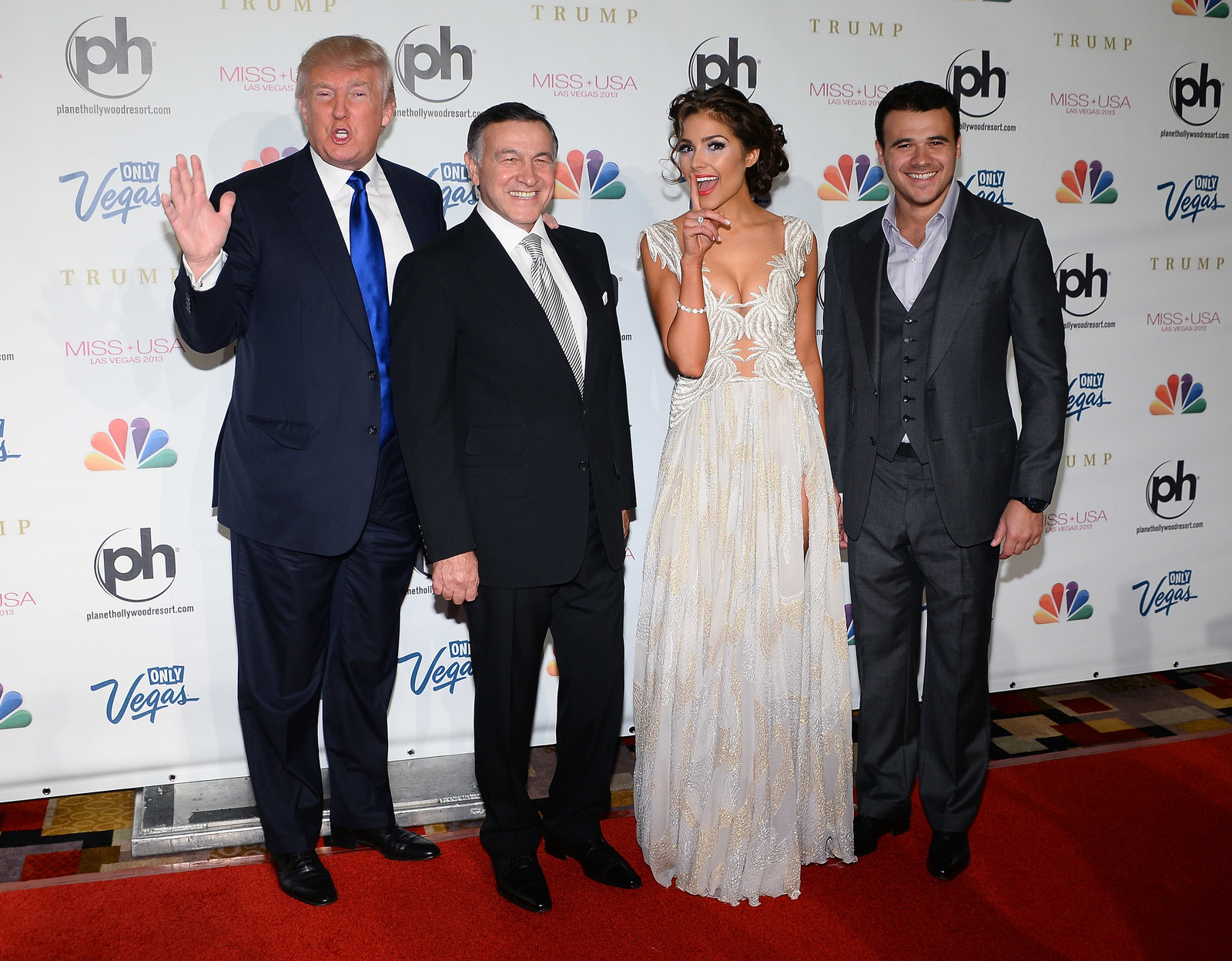
A Swiss account and an offshore company
When Donald Trump hosted the Miss Universe pageant in Moscow in 2013, Aras Agalarov was his host. The two men toured the capital and hatched plans to build the tallest building in Russia together, a gleaming new Trump Tower in Moscow. The Agalarovs spent about $20 million to host the pageant at Crocus City Hall, their glitzy mega-mall, and Emin Agalarov, a part-time pop singer, scored a coup when Trump agreed to film a cameo for one of his music videos.
Given these close ties, it wasn’t difficult for Goldstone, Emin’s publicist, to line up a meeting in the midst of the presidential campaign. On June 3, 2016, Goldstone sent Donald Trump Jr. an email asking to get together. Goldstone was explicit: A top Russian prosecutor had given Aras Agalarov damning information about Hillary Clinton — “part of Russia and its government’s support for Mr. Trump,” he wrote.
Agalarov is one of the Kremlin’s favored developers, having tackled complicated and costly projects, such as a superhighway ringing the capital and two soccer stadiums built for the 2018 World Cup. In 2013, Putin awarded Aras Agalarov the Order of Honor, one of Russia’s highest civilian awards.
After Trump Jr. spoke by phone with Emin Agalarov, the meeting was set. At about 4 p.m. on June 9, Goldstone, Kaveladze, a Russian lawyer with ties to the Kremlin, and at least two others arrived at Trump Tower. In a conference room on the 25th floor with sweeping views of Midtown Manhattan, they met with Trump Jr., Trump’s son-in-law Jared Kushner, and Manafort, then an adviser to the campaign.
By most accounts, the 40-minute meeting, during which Manafort checked his phone and Kushner emailed his assistant, didn’t result in usable information on Trump’s rival. In fact, the Kremlin-connected attorney, Natalia Veselnitskaya, pivoted off Clinton and spoke at length about overturning US laws meant to stop Russian financial misconduct.
“Look,” Trump Jr. reportedly told the group, “we’re not in power. When we win, come back and see us again.”
Eleven days later — on June 20, the day Trump fired campaign chief Corey Lewandowski and put Manafort in charge — Aras Agalarov used a company called Silver Valley Consulting to move millions that bankers flagged as suspicious.
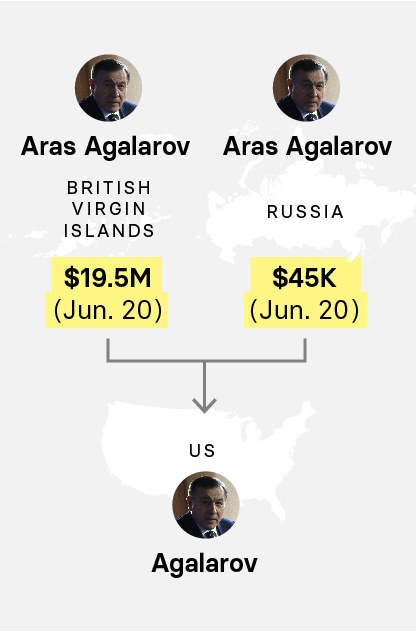
Silver Valley’s only address is a post office box in the capital of the British Virgin Islands, a country seen as a haven for money laundering and tax evasion. On June 20, Silver Valley sent through its Zurich-based account at Societe Generale Suisse a wire transfer for a little more than $19.5 million to Agalarov’s account at Morgan Stanley in the US.
That same day, another entity controlled by Agalarov — ZAO Crocus International, an arm of his business empire — sent a wire transfer through Societe Generale Suisse for about $43,000 to the same Morgan Stanley account.
In mid-2017, after US banks and law enforcement officials had already begun scrutinizing the financial records of dozens of individuals connected to the Trump-Russia probe, bankers at Societe Generale in New York tried to learn more about the Silver Valley transactions — but got nowhere.
Swiss employees of the bank told their American colleagues that the account was closed in May 2017, but that “due to Swiss confidentiality laws the requested information cannot be provided.” Switzerland is known to have some of the strictest bank secrecy laws in the world; it is a crime for bankers to release the identity of account holders.
Between 2006 and 2016, Silver Valley made nearly 200 transactions for $190 million. Bankers believed that most were legitimate and were part of Agalarov’s global construction business. But some of the transactions raised red flags.
Bank officials said they found high, round-dollar amounts sent to or received from shell companies. Round-dollar wire transfers often trigger alarm bells because most transactions are not that clean. Bankers also noted that some of the transactions passed through multiple companies, a process that can indicate “layering,” a way to hide the original source of funds.
US bank examiners also found that Silver Valley received nearly $900,000 in 2012 from a Russian investigated in the past for tax evasion and embezzlement. Balber, the Agalarovs’ attorney, said that the company wasn't immediately able to find a record of a transaction with that individual.
The following year, Silver Valley received two payments from an aviation firm that were flagged by bankers because they learned that a shareholder was involved with a suspected Russian money laundering scheme. Balber said the payments were for a land purchase and that it was “crazy” that bank examiners would label a transaction as suspicious because of a shareholder’s involvement.
“I have spoken to all kinds of investigators in all kinds of agencies about” the Trump Tower meeting, said Balber. “And I have never heard anybody ask me a single question or say a single word about one of these transactions.”
A dormant account comes alive
As the brutal presidential campaign hurtled toward Election Day, it was clear that even Trump’s own camp didn’t think he would win. Top advisers planned their postelection careers. The candidate reportedly didn’t have a victory speech written. Even pro-Kremlin forces were ready for a loss — they prepped a #DemocracyRIP Twitter campaign to cast doubt on Clinton’s legitimacy.
After Trump won, as people scrambled for jobs, influence, and riches, a chain reaction of bank transfers started among the Agalarovs and their associates.
Beginning 13 days after the election, the Agalarovs’ bank account in Russia made 19 separate wire transfers to a New Jersey personal checking account belonging to Emin Agalarov and two friends from high school. That checking account, held at TD Bank, had been opened in 2012. Bank examiners thought it was unusual that the account had never before received a Russian wire transfer and that its only deposit since the summer of 2015 was for $200, in January 2016.

The postelection transfers to the checking account were in large, round-dollar amounts ranging from $15,000 to $175,000. Between November 2016 and July 2017, the sum topped $1.2 million.
But what triggered alarms wasn’t just that activity in the account had jumped since Trump’s election. It was also how the checking account handled the money. While some of it went toward credit card bills, mortgage installments, and other run-of-the-mill payments, TD Bank officials also saw the checking account quickly pass funds to an account controlled by another participant in the Trump Tower meeting.
On Nov. 21, 2016, Emin Agalarov’s checking account received $165,000 from an account based in Russia belonging to his family. The following day, the account sent $107,000 to Corsy International, a company run by Kaveladze, the longtime Agalarov associate who attended the Trump Tower meeting.
Bankers were suspicious for a number of reasons. For one, Kaveladze was an employee of the Agalarovs’ Crocus Group, their sprawling construction and real estate empire based in Russia. Why, bankers wondered, would the funds start in Russia, briefly make a pit stop in Emin Agalarov’s New Jersey account, and finally be sent to Corsy International? Balber, the attorney for Kaveladze and the Agalarovs, would not address questions about specific transactions, but said they were all legitimate.
Second, bankers noted that Kaveladze — who after the election pushed for an additional get-together with the Trumps and some of the original Tower meeting participants — had previously been investigated for money laundering. According to a Government Accountability Office report published in 2000, Kaveladze established more than 2,000 corporations in Delaware for Russian real estate brokers, then set up bank accounts for them in the US. The brokers used these accounts to launder about $1.4 billion, the report found. Kaveladze was never charged with a crime and he referred to the GAO’s probe as a “witch hunt.”
Finally, bankers focused on the New Jersey address of Corsy International: a small, windowless office in an unremarkable building near the Hudson River. It was suspicious, officials reported, that such large sums flowed through such a nondescript location. When examiners began investigating this address, they discovered at least eight other companies located there, all of them controlled by Kaveladze, Emin Agalarov, or their associates.
The headquarters for these companies is Suite 309. There is no sign on the door. When a reporter visited last month, a man refused to open the door and said he was unable to talk or even accept a business card.
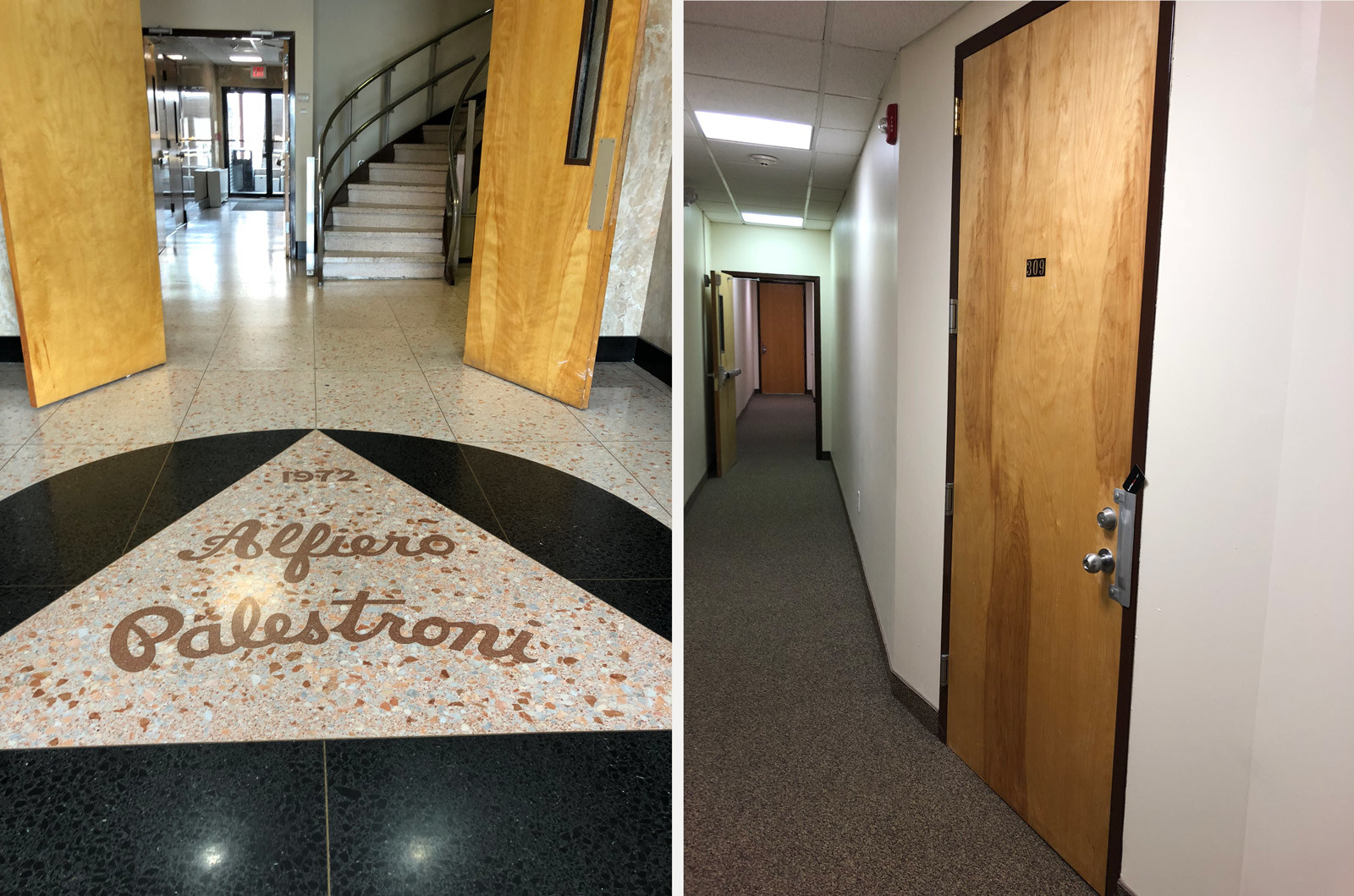
Cashing out in Bangkok
In the earliest days of Trump’s presidency, the Agalarovs and their associates managed to remain out of the spotlight. Even as money changed hands behind the scenes, it took about seven months for their roles to become public.
But in July 2017, after the New York Times broke the news of the Trump Tower meeting, there was another flurry of financial activity. This time, it centered around the man who first reached out to the Trump campaign — Rob Goldstone, Emin Agalarov’s publicist.
Goldstone, a former journalist who found his niche in the music world, had helped guide Agalarov’s pop career and was on hand when Trump visited Moscow in 2013 for the Miss Universe pageant. He was the main point of contact for the Trump Tower meeting, though he complained afterward to the Agalarovs that the get-together was one of the most “embarrassing” things they had asked him to do.
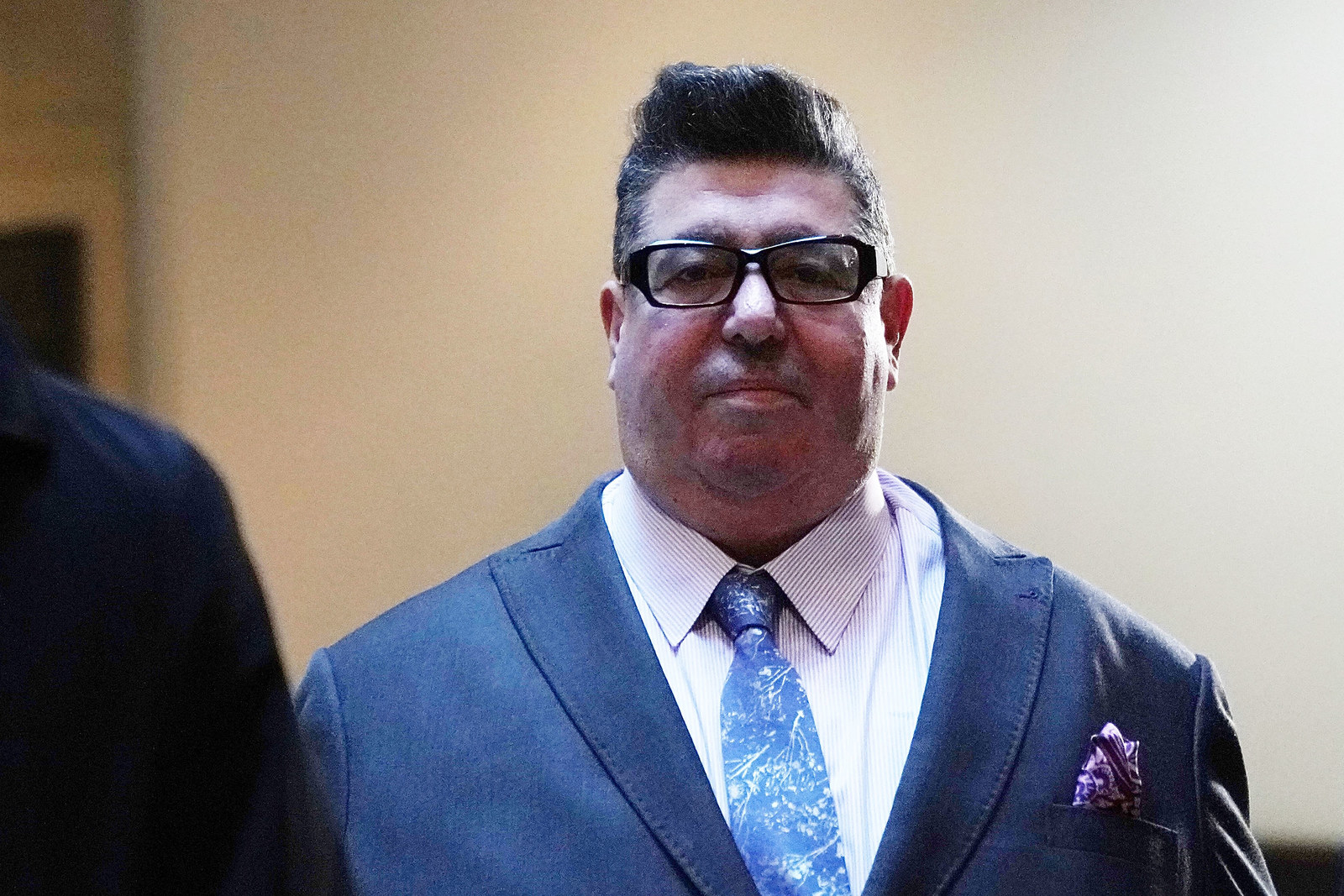
During his congressional testimony, Goldstone said that Emin Agalarov was his only client. But he said he didn’t know the “chain of command” of who paid him.
The documents reviewed by BuzzFeed News show that most of the funds flowing into Goldstone’s music business, Oui 2 Entertainment, and his personal checking account came from Corsy International, Kaveladze’s company. Between July 2015 and January 2017, Oui 2 received more than half a million dollars from Corsy International. Bank examiners found this suspicious because Corsy was an import-export business, while Oui 2 was involved with music. It didn’t make sense, bankers reported, for these two companies to conduct transactions with one another.
Bankers were also concerned that Goldstone set up the meeting and received money through Kaveladze, who had previously been investigated for money laundering involving Russians.
While they couldn’t explain these transfers, bankers flagged additional suspicious behavior in Goldstone’s account shortly after the Trump Tower meeting came to light.
By July 24, 2017, about two weeks after the New York Times broke the story about the meeting, Goldstone had left for Bangkok. He told congressional investigators that he wanted to take time off, equating it to a college student’s “gap year,” so he could write a book. But bank officials questioned his financial behavior there, particularly a series of 37 ATM withdrawals totaling about $8,400. The last of those withdrawals was made in November 2017. His business partner, David Tominello, appears to have traveled to Bangkok as well, making 51 withdrawals during the same period for about $7,600. Bankers noted that the withdrawals came shortly after news broke about Goldstone’s role in the Trump Tower meeting.
On Aug. 31, 2017, while they were still overseas, Goldstone and Tominello tapped into a home equity line of credit to withdraw money. The two received the loan on an apartment in New Jersey and used the funds to transfer about $32,000 to Oui 2. Examiners said the two men were essentially using a loan to make “payroll,” which bankers thought was unusual, especially when they had such a lucrative source of income through Kaveladze’s company. They also found it “concerning” that the home equity line of credit funded ATM cash withdrawals in Bangkok.
After calling it ridiculous that any of the financial behavior would be flagged as suspicious, Goldstone’s public relations representative referred further questions to his attorney, who did not return detailed messages. Tominello also did not return detailed messages seeking comment. ●

